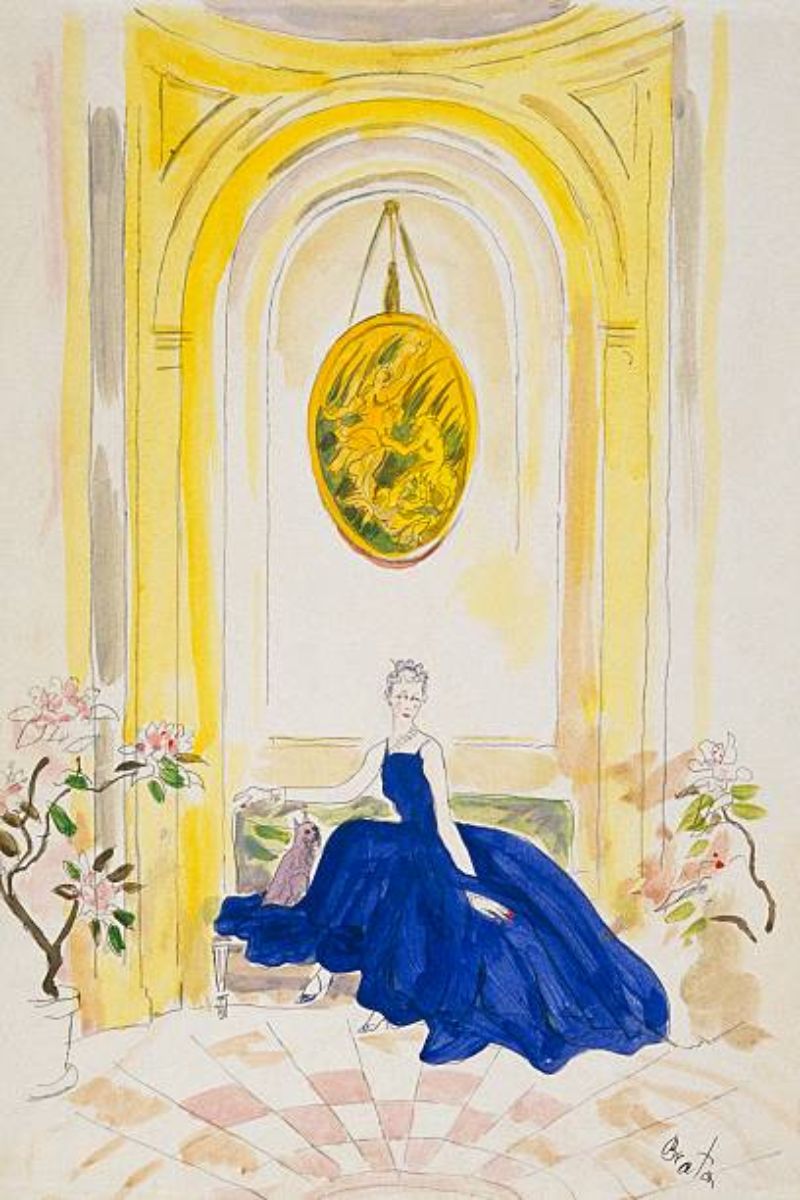Beauty Life Moments is an independent editorial lifestyle destination.
All brands and products showcased, and featured stories are by invitation.
Images are credited to the brands, affilated agencies or to the source.
Few art forms rival ballet’s blend of beauty, precision, and emotion. From its courtly origins to grand stages around the world, ballet has continually evolved while preserving its timeless allure.
The History of Ballet – A Graceful Revolution
October 30, 2025
POSTED ON
STORY BY
Fran Benaud
Ballet is often seen as the pinnacle of grace, discipline, and artistry. With its flowing movements, expressive storytelling, and demanding technique, ballet has captured the imagination of audiences for centuries. But where did it all begin, and how did ballet evolve into the global art form we know today? Let’s take a journey through the rich and fascinating history of ballet.
THE BEGINNING OF BALLET
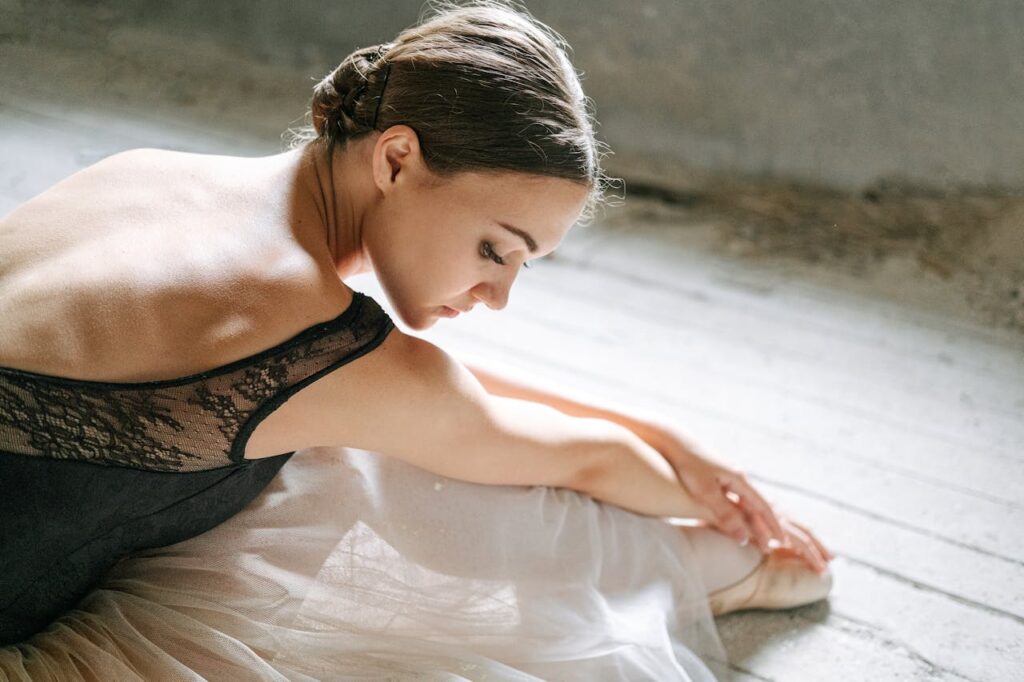
Origins in the Italian Renaissance
Ballet’s story begins in 15th-century Italy, during the Renaissance, a time of cultural rebirth and artistic experimentation. The word “ballet” comes from the Italian balletto, meaning “little dance.” Early ballet was not the theatrical art form we recognise today—it was more of a courtly dance, performed at lavish banquets and celebrations for royalty and aristocrats.
One key figure in ballet’s early development was Catherine de’ Medici, an Italian noblewoman who became Queen of France. In the mid-1500s, she brought Italian court dances to the French court and supported performances that blended dance, music, poetry, and elaborate sets.
THE FRENCH ROYAL BALLET
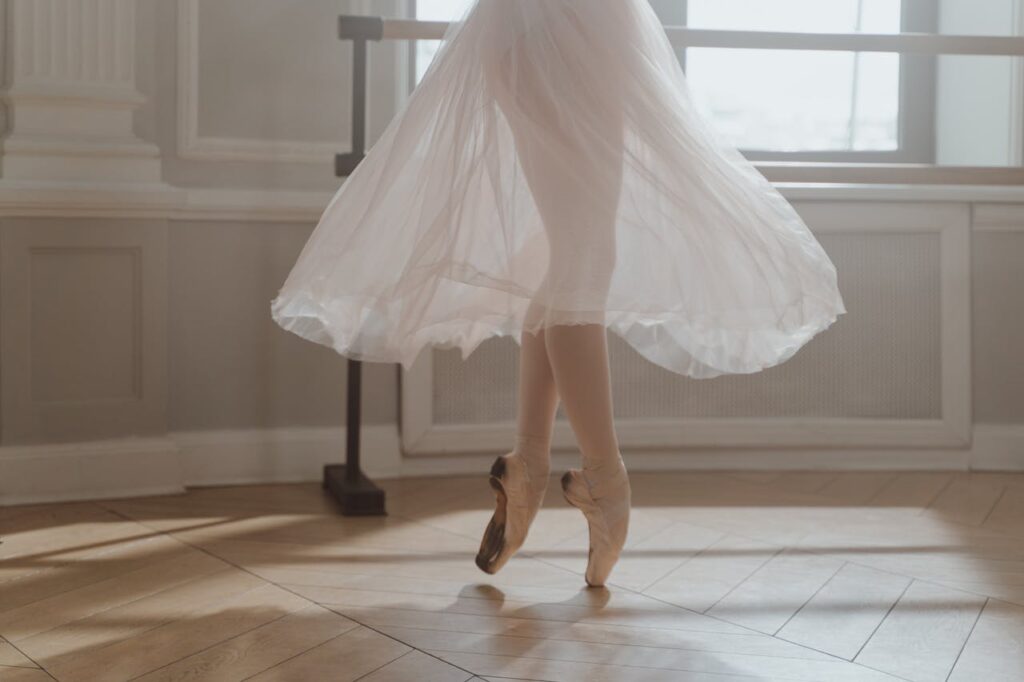
The Rise of French Ballet
By the 17th century, ballet had firmly taken root in France, especially under the reign of King Louis XIV—often called the “Sun King.” Louis was a passionate dancer himself and performed in numerous ballets. In 1661, he established the Académie Royale de Danse, one of the first formal ballet schools.
This period saw ballet move from courtly entertainment to a codified art form. Dancers wore elaborate costumes and heeled shoes, and performances emphasized symmetry, elegance, and storytelling through movement.
The Profession of Ballet: 18th Century
During the 18th century, ballet began to evolve into a professional theatrical performance rather than just court entertainment. Choreographers like Jean-Georges Noverre argued that dance should express genuine emotion and narrative—what he called ballet d’action. This was a revolutionary idea at the time. Dancers began shedding bulky costumes and masks, allowing more expressive and fluid movement. Audiences started to see ballet as an art form with serious emotional and artistic depth.
THE ROMANCE OF DANCE
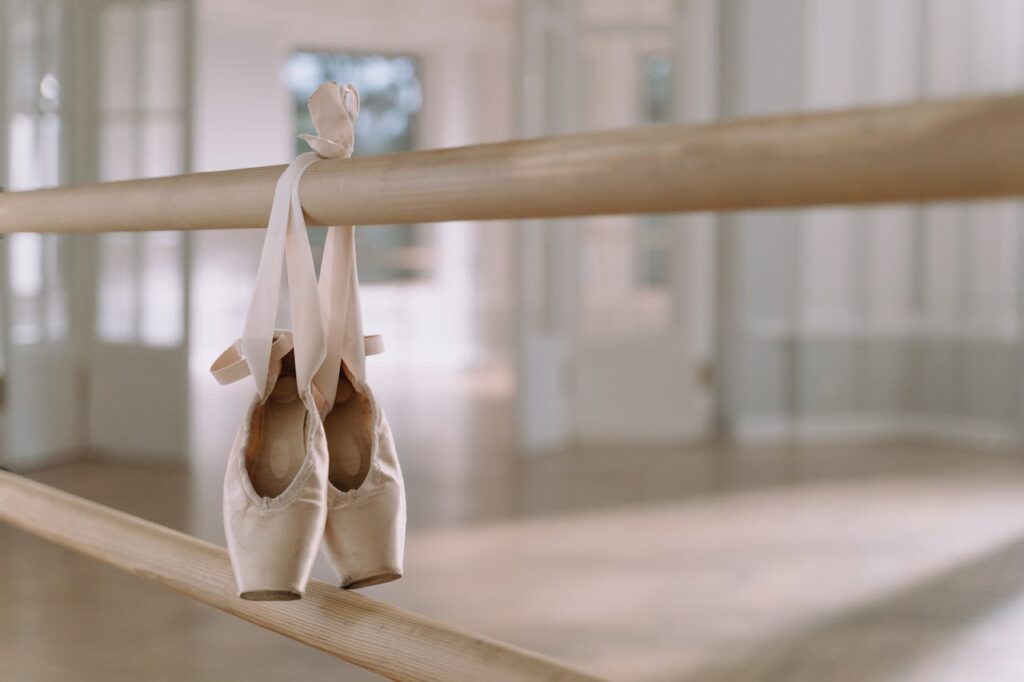
The Romantic Era (1800s)
The 19th century was a golden age for ballet, especially during the Romantic era. This period introduced many of the elements we associate with classical ballet today—ethereal ballerinas, supernatural themes, and dramatic love stories.
Key ballets from this era include:
- “La Sylphide” (1832) – considered the first true Romantic ballet
- “Giselle” (1841) – still performed by ballet companies around the world
This era also introduced the iconic pointe shoe, allowing ballerinas to dance on the tips of their toes, giving the illusion of floating.
IMPERIAL RUSSIAN PATRONAGE

The Russian Influence
By the late 19th century, ballet had found a new home in Russia. Under the patronage of the imperial courts, Russian ballet flourished with the help of choreographers like Marius Petipa and composers like Pyotr Ilyich Tchaikovsky.
Petipa and Tchaikovsky created some of the most enduring classical ballets of all time:
- “The Nutcracker” (1892)
- “Swan Lake” (1877, revised in 1895)
- “The Sleeping Beauty” (1890)
These grand productions combined exquisite choreography, music, and storytelling, forming the backbone of the classical ballet repertoire.
BALLET IN MODERN TIMES
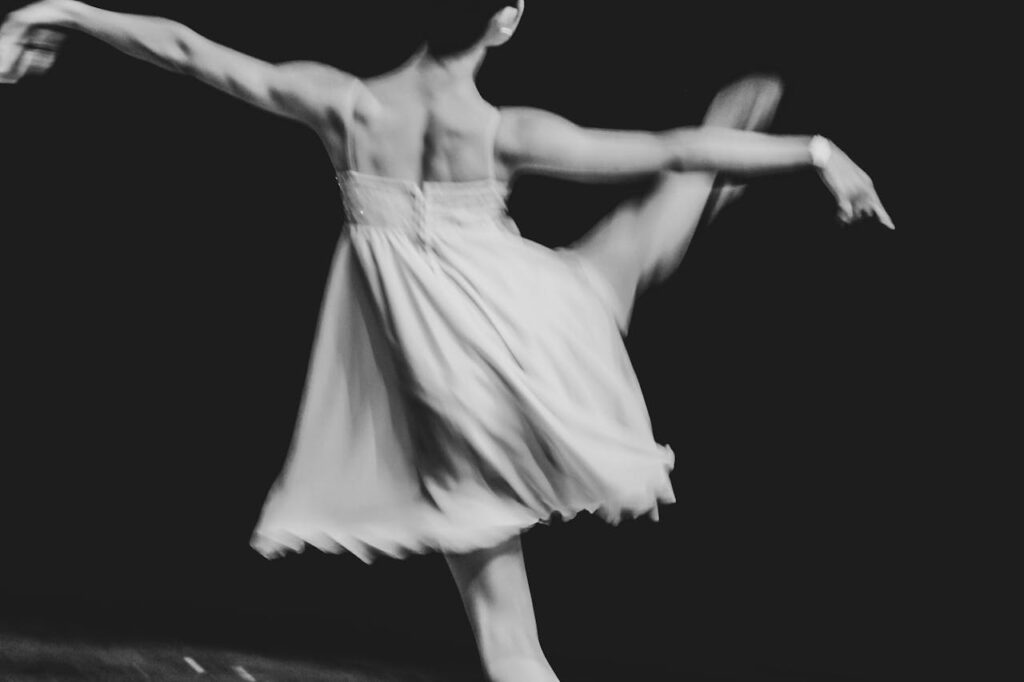
The Modernisation of Dance
The 20th century brought new experimentation and innovation. Influential companies like Ballets Russes, led by Sergei Diaghilev, introduced bold, modernist approaches to dance, working with composers like Stravinsky and artists like Picasso.
Choreographers such as:
- George Balanchine (known as the father of American ballet)
- Martha Graham (the pioneer of modern dance)
- Frederick Ashton and Kenneth MacMillan (United Kingdom-based visionaries)
…pushed ballet in new directions, blending classical technique with contemporary movement and themes.
Ballet evolved globally during this period, with major companies forming around the world—from the Royal Ballet in London to the New York City Ballet to the National Ballet of China.
THE FUTURE OF BALLET

Ballet Today
Today, ballet is both a traditional and evolving art form. While the classics remain beloved, choreographers continue to redefine what ballet can be—mixing in modern dance, hip-hop, multimedia, and new narratives.
Ballet is now performed and practiced on every continent, with young dancers training in studios from São Paulo to Seoul, Johannesburg to Sydney. It remains a universal language of beauty, discipline, and emotional expression.
Explore the beauty of ballet: The Australian Ballet; The Opera National de Paris; The Royal Ballet.
The Transforation of Dance
The history of ballet is a story of constant transformation—from courtly dances in Renaissance Italy to avant-garde experiments on today’s stages. It’s an art form that honours its roots while continuing to innovate, enchanting audiences for over 500 years.
Whether you’re watching Giselle at a grand opera house or a new ballet fusion online, you’re witnessing a tradition steeped in history—and still dancing forward.
More Stories To Love
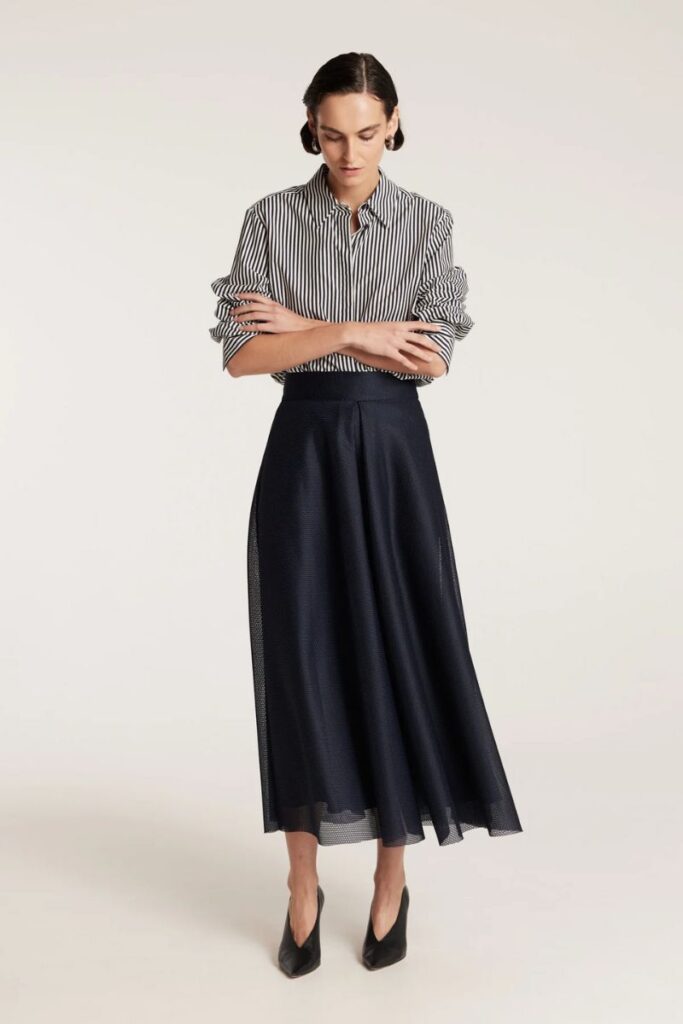
Editorial Worthy Allure – The Shirting Style: A crisp shirt is the ultimate blank canvas for style. Explore these effortlessly chic ways to wear one—each refined, beautiful, and straight out of an editorial. Read this beautiful fashion story in Style & Grace.
OTHER STORIES
continue exploring
GET IN TOUCH
READY ELEVATE YOUR BRAND?
to
Join us in shaping editorial and product stories — the start of a beautiful storytelling journey.
Tell Your Story

